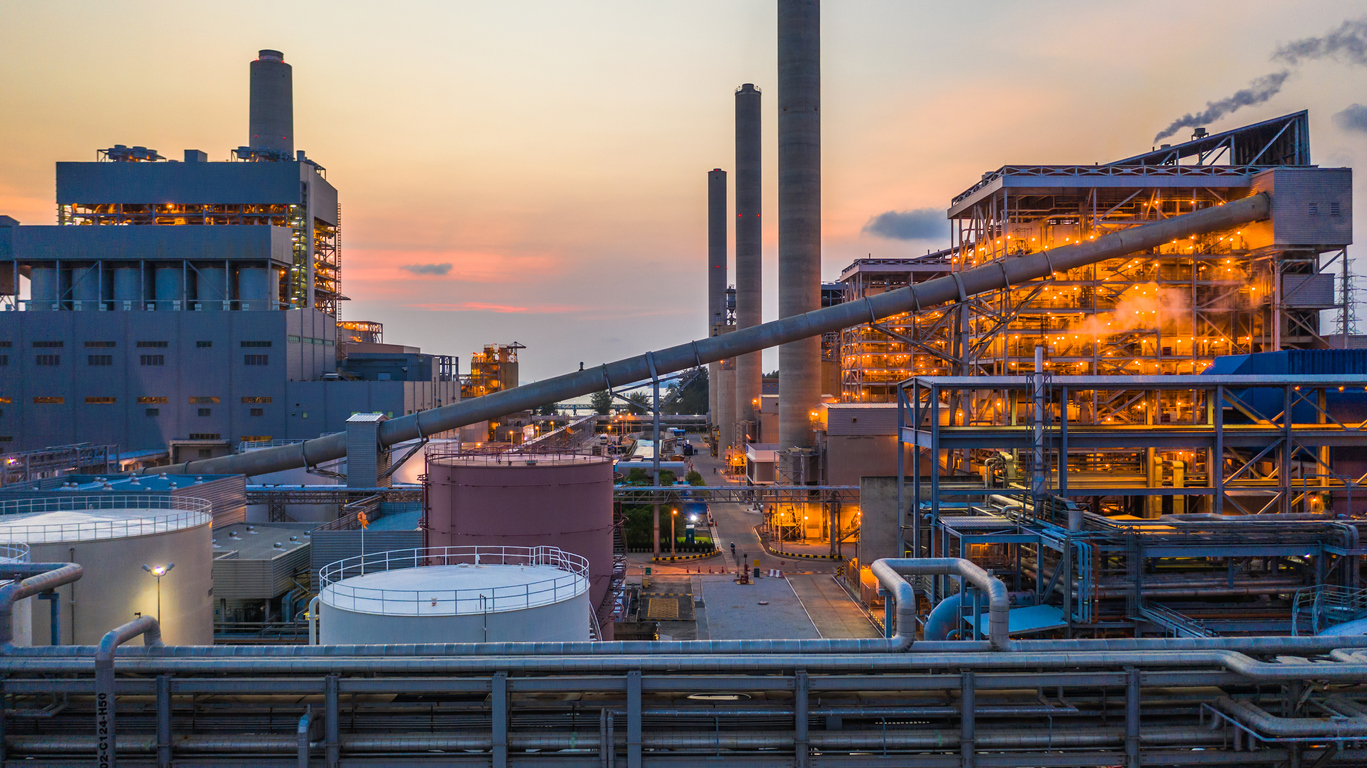2021/08/24
Steel Industry; Risks and Benefits of Soaring Resource Prices and Challenges Toward the Decarbonization of Society

Prices of resources like iron ore, copper and crude oil have been soaring. In particular, iron ore price is rising drastically. Last spring, when the new coronavirus disease spread worldwide, the global market rate for iron ore dropped to the lowest level of around 80 dollars per ton. However, due to China’s economic recovery, the rate turned upward after the summer season. Subsequently, the US economy also achieved a rapid recovery. In tune with the strong demand for steel materials in the US and China, the iron ore price reached over 200 dollars per ton for the first time in May this year. Soaring resource prices boost the profits of general trading companies such as Mitsui & Co., Mitsubishi Corporation, and Marubeni Corporation, and quickly restore the business performance of the three largest steel companies. Nippon Steel Corporation expects to achieve the record net profit for the fiscal year ending March 2022 after an interval of three years.
Meanwhile, in the construction industry, the price rise for finished steel products is becoming an apparent management problem. As Japan is 100% dependent on imports of iron ore, the soaring iron ore price will cause a combination of tight supply and high demand for recycled steel with use of iron scraps, which accounts for one-quarter of all steel production. Vigorous overseas demand is linked to the price of iron scraps, and accordingly, export prices remain higher than domestic market prices. The major sales destination for recycled steel is the construction industry, and now you can hear voices in the industry worrying about the "iron shock" right after the "wood shock" that hit the timber market.
Normally, the steel industry is directly linked to the global market trends and is easily affected by economic environment, but temporarily, a fair demand is expected globally associated with the post-COVID-19 crisis. On the other hand, in terms of profitability, there are hardly any optimistic predictions due to the fact that the biggest funding needs are directed to the investment for “decarbonization.” Recently, the Japan Iron and Steel Federation (JISF) has set an industry goal of achieving net-zero CO2 emissions in 2050. This will require steel companies to make the shift in steelmaking from blast furnace system using iron ore and coke to electric arc furnace system using iron scrap as its base raw material to reduce CO2 emissions. Besides, the development of hydrogen reduction ironmaking technology is acceleratingly promoted. It is a new technology using hydrogen as a reducing agent instead of coke. And yet, each steelmaking method involves many technical problems that need to be solved. Also, according to some provisional calculations, the total investment amount is estimated to reach several trillion yen per company.
The CO2 emitted by the steel industry represents 10% of domestic CO2 emissions and 40% of the emissions from the manufacturing industry. Innovation in the steel industry is essential to achieve government targets. At the same time, huge investments are not something that can be covered by profits of one company. On the contrary, there is a limit to passing prices on to consumers individually. The bottom line is in what way we will deal with decarbonization costs as a whole society.
Decarbonization is now a requirement for a stout competitiveness. Setting targets by country, industry, and company is obviously necessary. However, once it is recognized as a global environmental problem, dedication of collective efforts by the entire global supply chain is concurrently wanted. On August 2, Komatsu Ltd. announced collaborative alliance with the world's leading mining companies; Rio Tinto (UK), BHP (Australia), CODELCO (Chile) and Boliden (Sweden) to promote the reduction of greenhouse gas emissions in mining operations. This certainly shows tips on how to adopt a new business approach.
This Week’s Focus, August 6
Takashi Mizukoshi, the President